Cas Holmes is a prominent textile artist, author and tutor of the seminal [easyazon_link identifier=”1906388466″ locale=”UK” tag=”wwwtextileart-21″]The Found Object in Textile Art (2010). Her most recent publication [easyazon_link identifier=”1849942749″ locale=”UK” tag=”wwwtextileart-21″]Stitch Stories was reprinted within 6 months of its launch in late 2015.
It reflects her interest in creating narratives which respond to locality, community and people, her travels and the environment. In this article, she discusses how this interest is both deep-rooted and ever present.
A growing concern: Environment, community and textile Art
Cas Holmes: I have always enjoyed the challenge of creating pieces with relevance to given situations, audiences and locations and a long association with community and public arts keep me motivated and interested in the exchange and learning with others as part of this process.
After I graduated in the early eighties I worked in the Medway Towns and Maidstone on community projects with a local team called Spiral Arts, as well as with Artability. (Shape). I worked in a variety of locations from hospitals, schools and museums to outside spaces with conservation groups, and with street carnivals and festivals.
Along the way, in addition to research and training, this interaction taught me to explore all kinds of materials from bamboo, willow and cloth used in the making of giant puppets to projects and installations with natural materials and found resources reflecting nature and the world around us.
I needed to consider the external environment and available materials. Colour choices. change with the seasons with patterns and forms created in the landscape becoming more obvious with bright autumn colours.
As my confidence and experience grew so did my interest in the environment and our interaction with it. In the mid-nineties, I was a lecturer on the Community Arts Practice Course at Middlesex University leading programs on Environmental Issues in Art Practice and Community Arts Development.
Discussions with colleagues and students led to a growing awareness of conservation issues and how political, social as well as climatic change impacts on the environment. The interest in flora, fauna, people and landscape have since been a constant study reflected in my work and my writing
The value of community, environment and creative exchange is discussed in relation to working with children is noted in this extract from a conversation between an Education Officer and a teaching assistant:
Teaching assistant: Children that I’ve noticed that don’t particularly engage in the classroom have worked diligently the whole time, collecting materials, talking to each other, moving around safely, working so hard, working together as a team and children that wouldn’t usually be classed as leaders in the classroom, academically, are leading the projects that they are working on; giving instructions.
Education officer: Do you think that (their response) is because some of the students are physical learners?
Teaching assistant: Absolutely. By engaging with the materials; touching them, feeling them, even the smells, I think everything is motivating them in a different way than when they’re in the classroom.
(Transcript from iPod recording of a discussion with one of the teaching assistants, Lucy Medhurst, Education, Stour Valley Arts. Chapter ‘Sharing’ from The Found Object in Textile Art, Cas Holmes.)
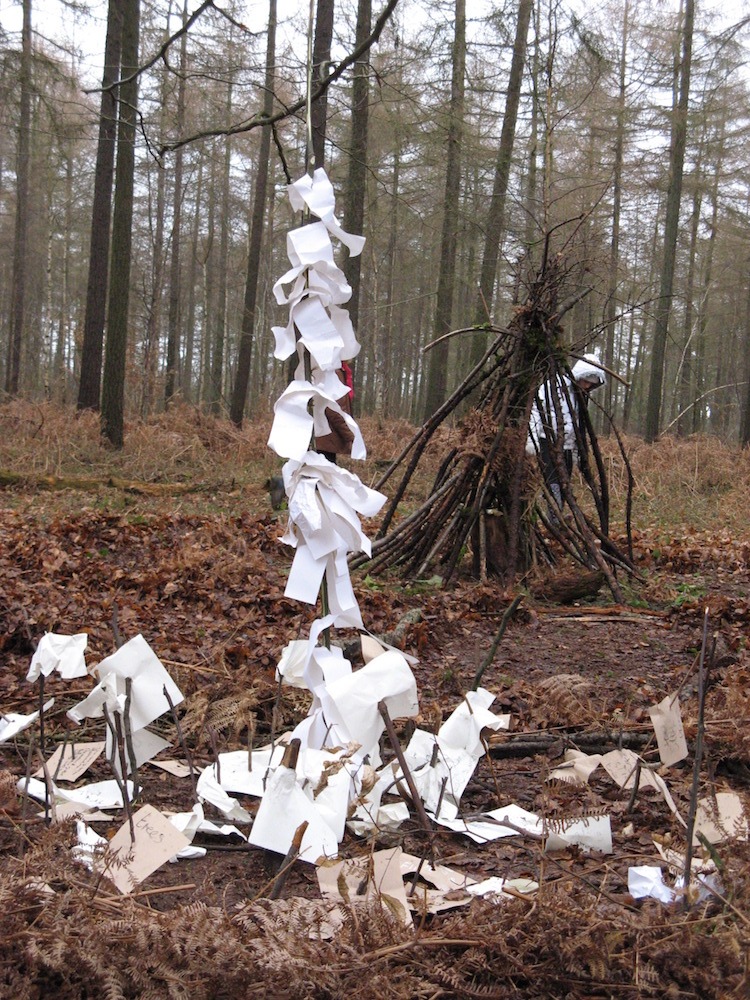
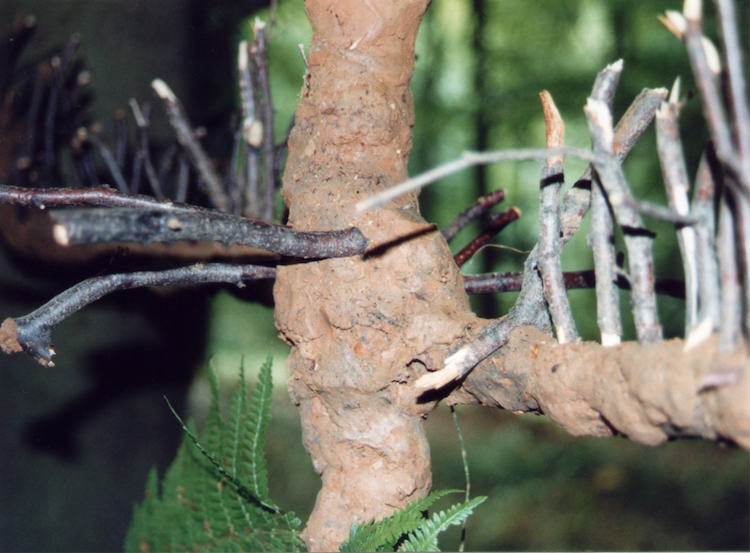

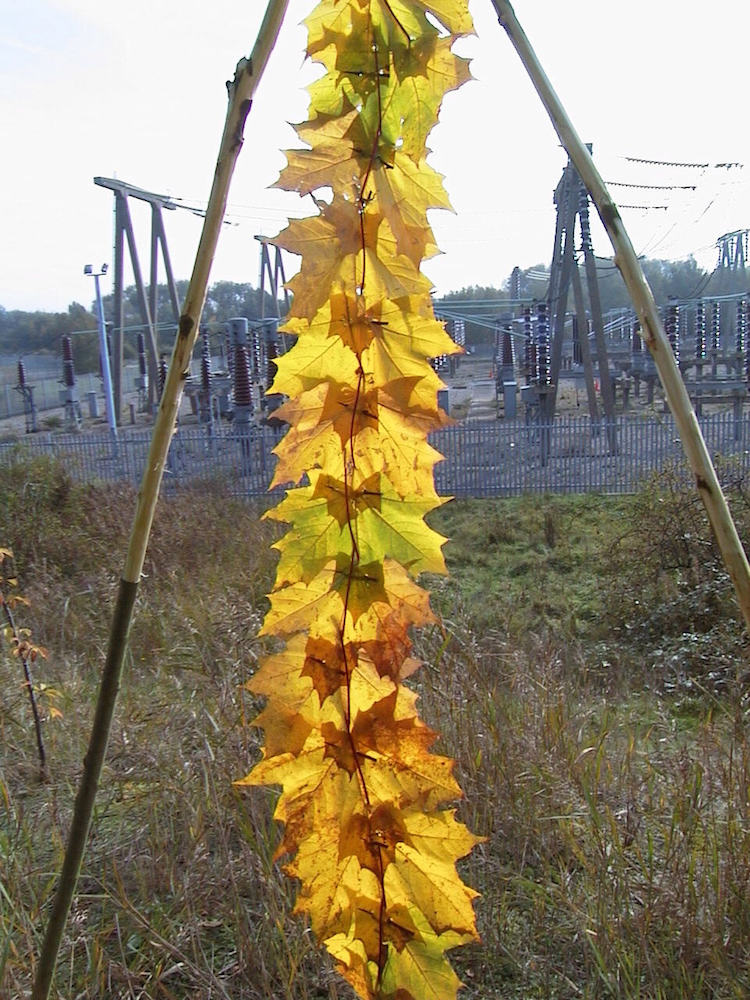
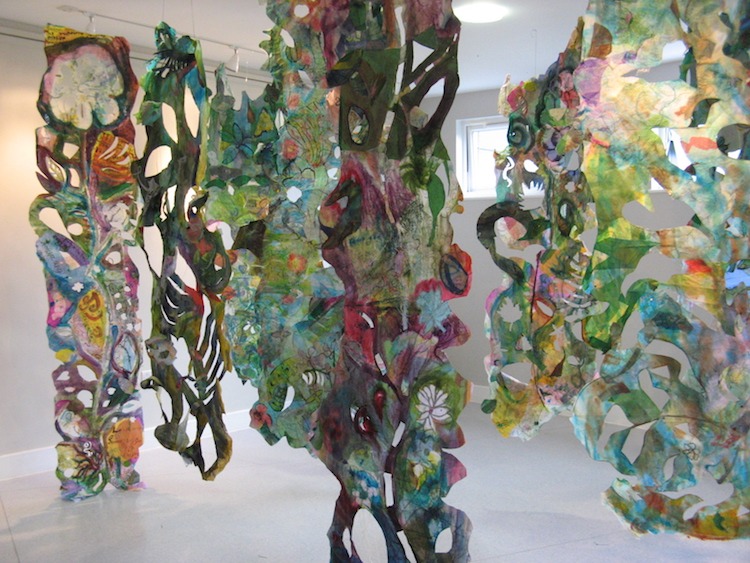
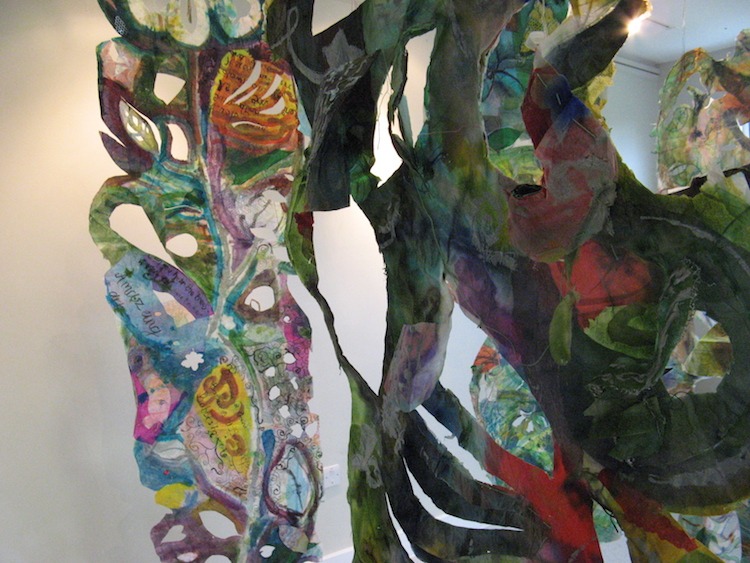
The passing of time
It is not often that you come across an artist that plays between the worlds of human and natural. Most find inspiration either in one or the other; we are all familiar with textile work that holds urbanity or nature as its core inspiration. However, Cas Holmes has found a third way, the point where both touch, not collide, but touch.
This haunted land full of ‘the shadows of marks made by man in the earth’, of ‘reflections in water and flooded fields’, of ‘gardens and seasons changing’, is one that is often missed by the passer-by and artist alike, but it is a rich and rewarding place. It is an inspirational well of harmony and balance, as well as of conflict and division. Something shared and something complementary, as she says herself: ‘We have an intimate relationship with the land, but equally share “common connection”.
Cas helps others to search and explore the world of the found and the displaced, the cast aside, or perhaps just the mislaid. It is a rich vein of potential and a revelation of connections between … our human world … [and] the world we refer to as natural. (Hopper Fiberarts. 2014 and Stitch Stories introduction 2015)
Anyone who I have worked with appreciates how of anything I carry to work with, as I gather things on the move. Much of my home has been furnished, built and decorated with the found. This transposes to my work and my teaching practice to such an extent I need to be aware of not turning into a ‘preacher’. You can read more about this here.
The environment can be seen as both a source of inspiration as well as a natural resource to inform our textile art practice. Our interaction is different according to our particular take on the world.
Internationally acclaimed artists Andy Goldsworthy and Anya Gallaccio meticulously create pieces which often incorporate stitching and piercing methods which with movement, change, weather and decay mark the passing of time. Christo created monumental wrappings in cloth making us look again at the shrouded iconic buildings and landscape and playing with our cultural memory of them.
Holly Story is a visual artist based in Fremantle, Western Australia who maintains an outdoor research studio on the Deep River. She has an abiding interest in the relationship between the human and natural worlds.
In 2011 she came to the UK to undertake a residency with Stour Valley Arts at Kings Wood Kent.
The experience of being an artist in an English working wood was very rich and rewarding. I made a small body of work using the abundant spent bluebell stems scattered under the trees, and they accompanied my fascination with the very numerous dens built and rebuilt over weekends and school holidays by children and their families who visited the Wood. The series of small objects entitled ‘Make Believe’ bring back memories of playing home with tea services, a funnel to listen to the woods and other small objects created from woven and plied bluebell stems.
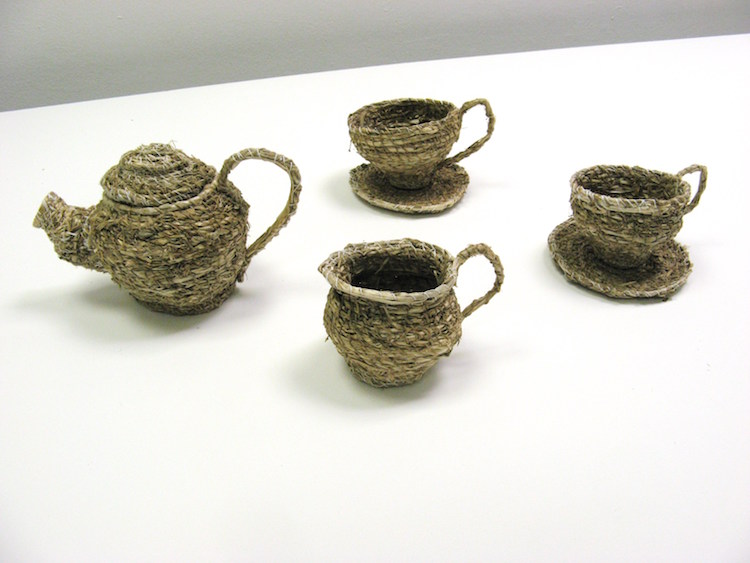
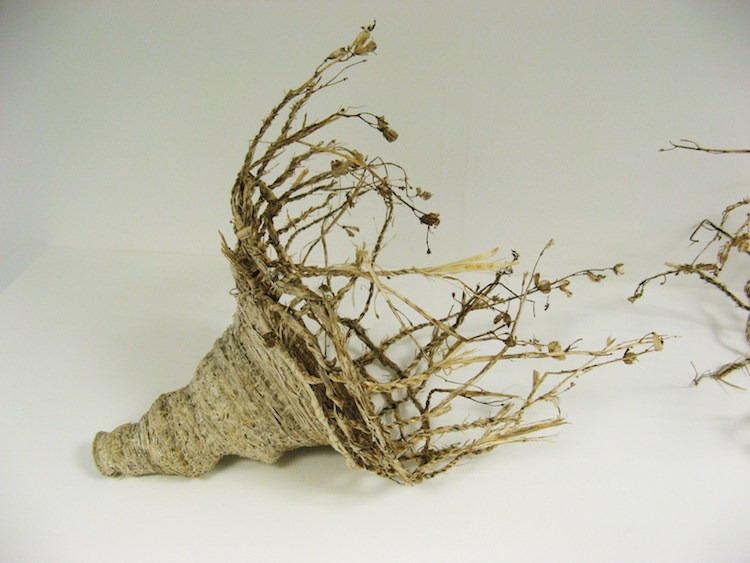
Finding inspiration
I was invited to have an exhibition of my work [easyazon_link identifier=”1849942749″ locale=”UK” tag=”wwwtextileart-21″]Stitch Stories at Visions Art Museum in San Diego. which included new works and pieces made within the last 5 years.
Between writing Stitch Stories, ongoing teaching commitments and renovations on my house in the last three years my work has had to be squeezed into smaller space and time in its making. Yet still, I worked.
Materials collected as I travel formed the basis for new pieces when it became too difficult to access stored materials. New pieces inspired by the both the Herbarium collection at Maidstone Museum and Bentliff Gallery my current awareness of the places where many of these plants were originally found, formed a new body of work called Armchair Botanicals. The pieces are constructed on linen armchair protectors referencing drawings and study made at the museum.
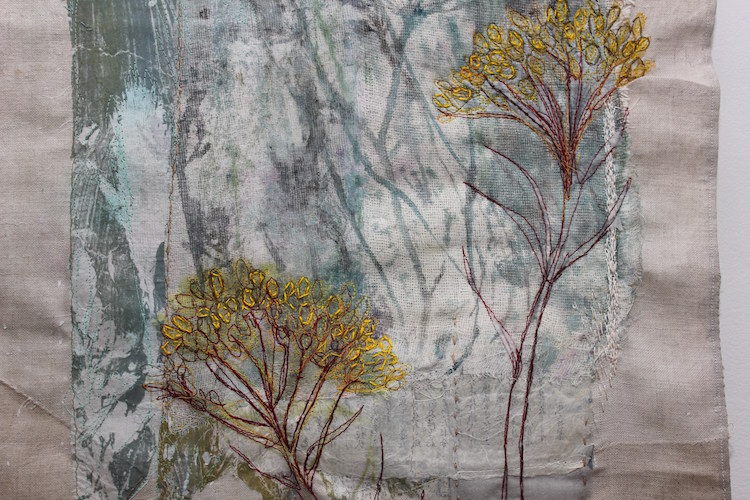
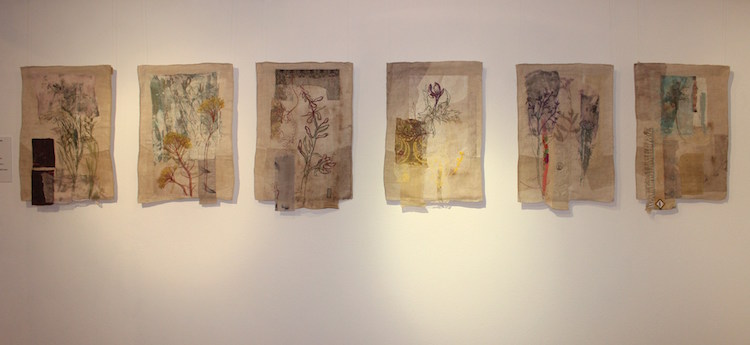
Through research at the museum, the relevance of the changes and impact of continued urbanisation has had on the South East of England became apparent. Many of the fields and wood mentioned have been built upon and developed.
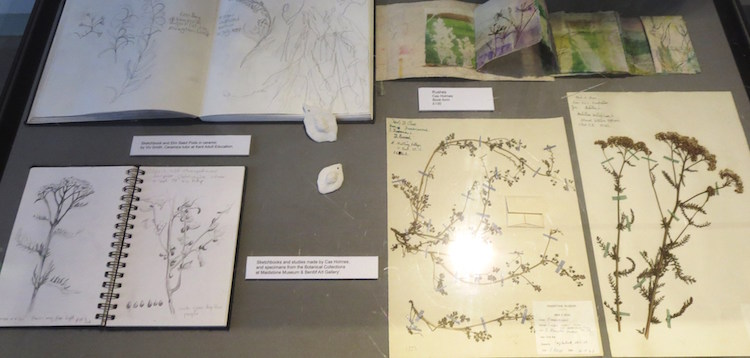
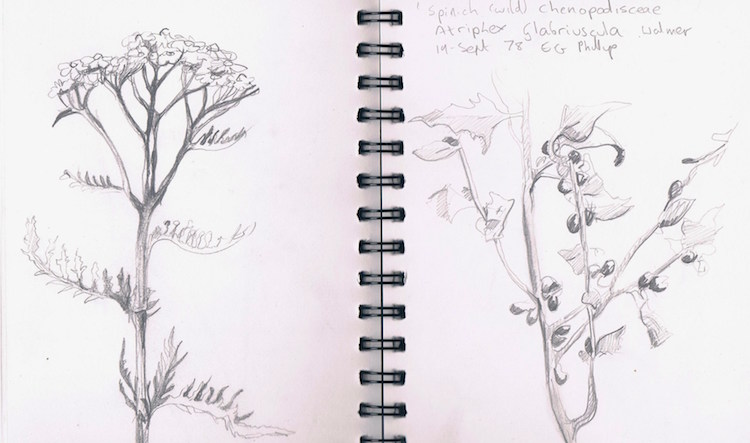
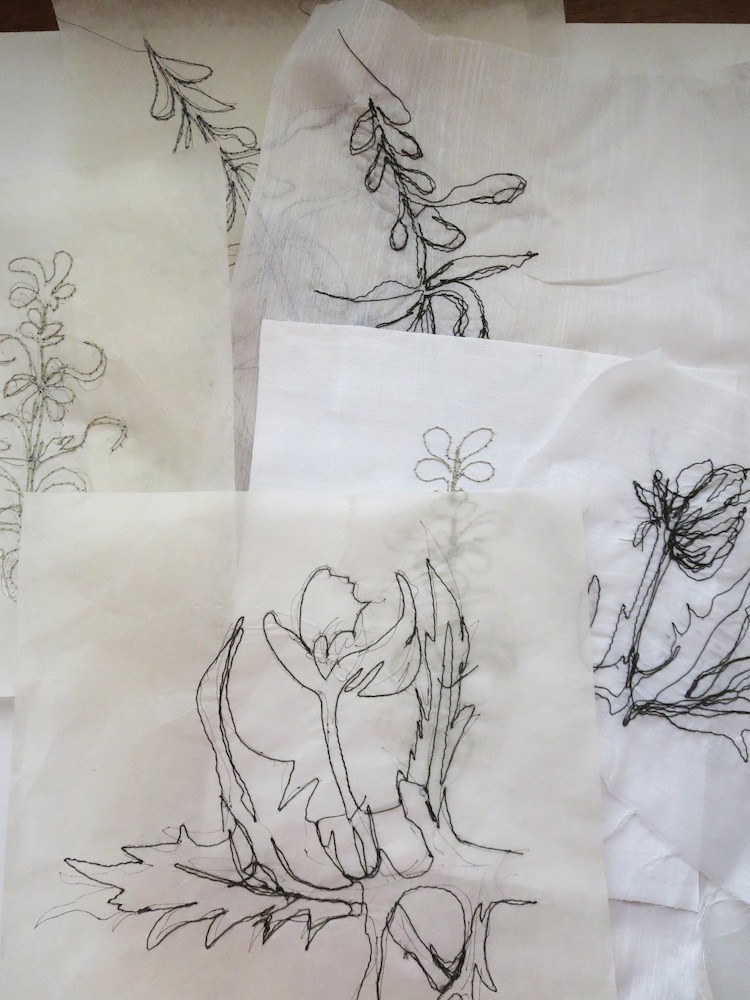
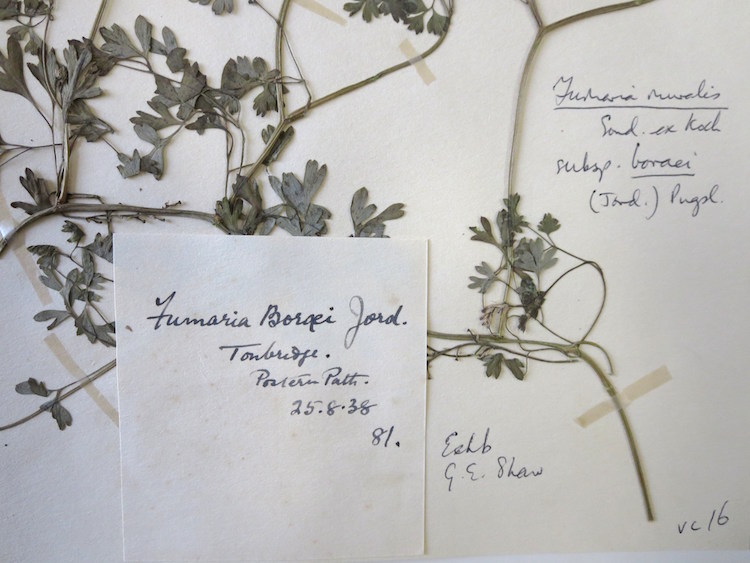
The human condition
Winter Verges exhibited in Common Place, at the museum Cafe gallery referenced one of the local Maidstone verges remaining evidence of what were once quieter country roads and footpaths. The relevance of the importance of flora in our lives is underlined in Florascript which looks at the use of plants in medical treatment.
Exhibited at Prescriptions at the Beaney in Canterbury, the exhibition focuses on the book art of Martha Hall and her response and interaction with the medical community after being diagnosed with breast cancer.
The books are on loan from the University of New England, accompanied by a curated show of artists books responding to themes of art, empathy and well-being.
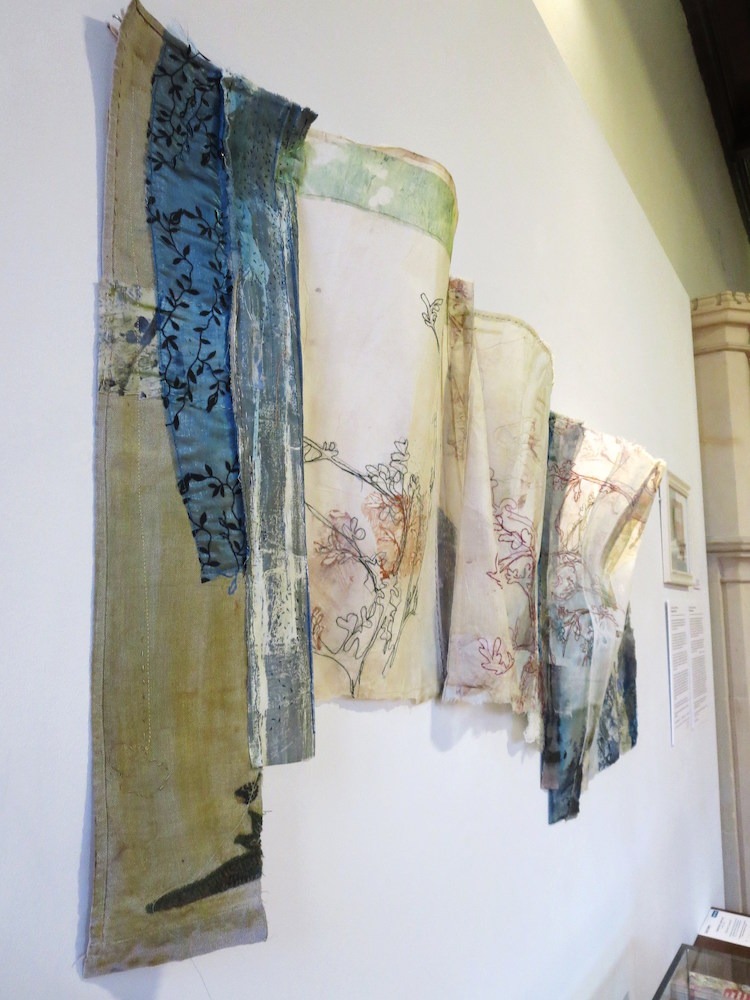
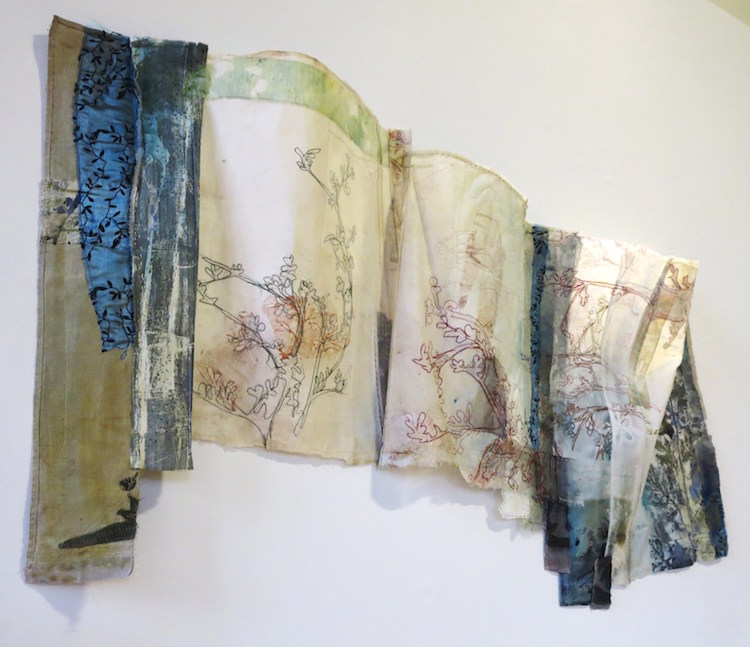
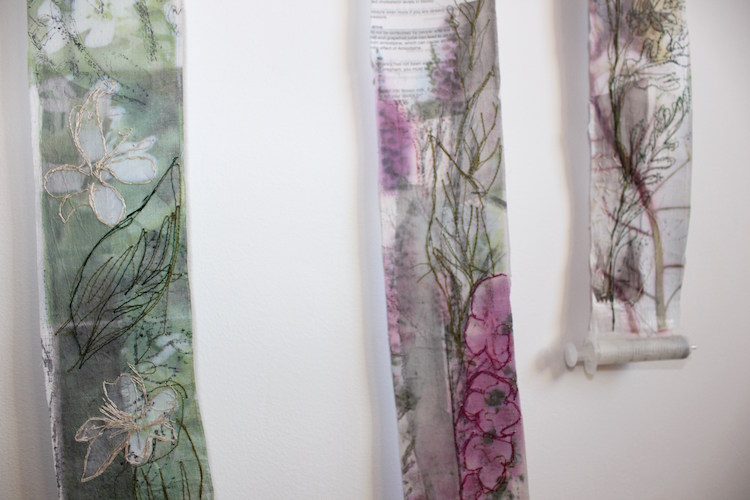
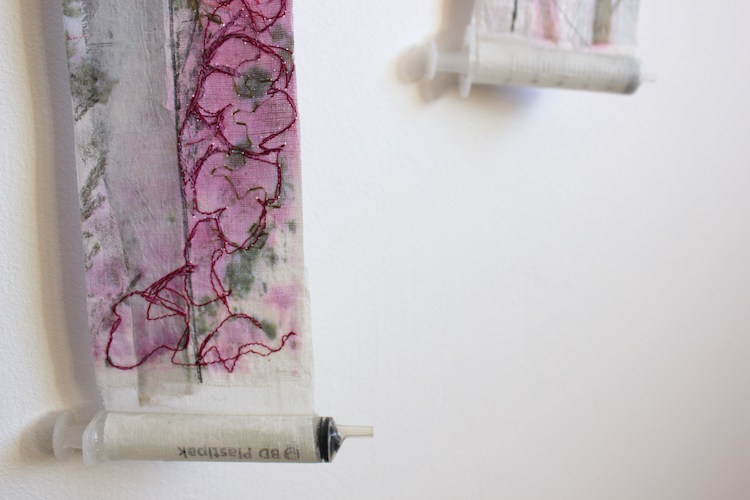
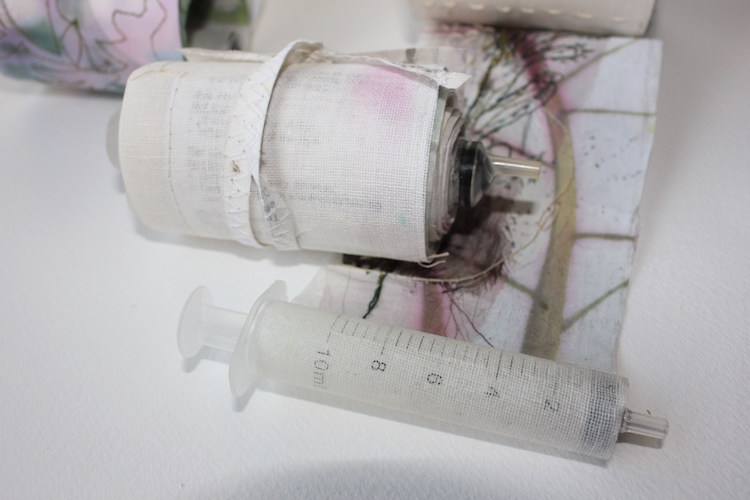
Standing witness
I have followed Australian artist Glenys Mann’s work for many years and was delighted to see her work at Australian Quilts, Extraordinary Quilts From a Great Southern Land, at the European Patchwork Meeting in 2014.
Her pieces constantly reflect the nature of the Human Condition and the relationship we have with the world around us which is clearly represented in a body of work Memory Cloth. Created with found objects and cloth, all her pieces are slowly hand stitched.
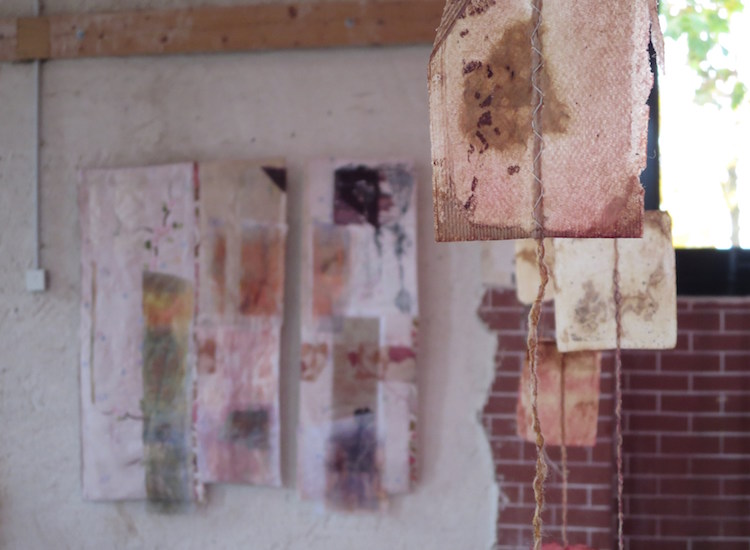
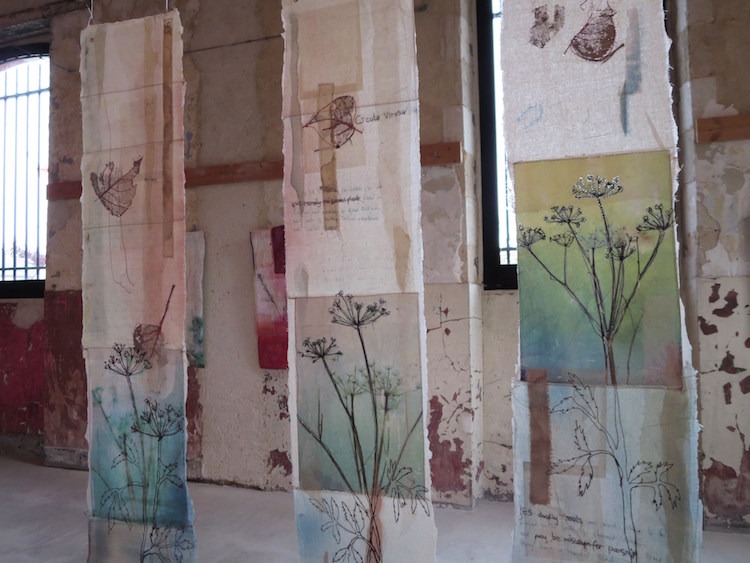
Fragments of silk, old wool blankets and paper take their colours from rust, earth and plants and their inspiration from the emotions of the environment and emotions of everyday life. The emotions in #12 Numbers Lost refer to the Black Saturday bushfires in Victoria in February 2009 where 173 people lost their lives. Her son lost 11 friends in his small neighbourhood. A testament she adds to the strength and character of human nature.
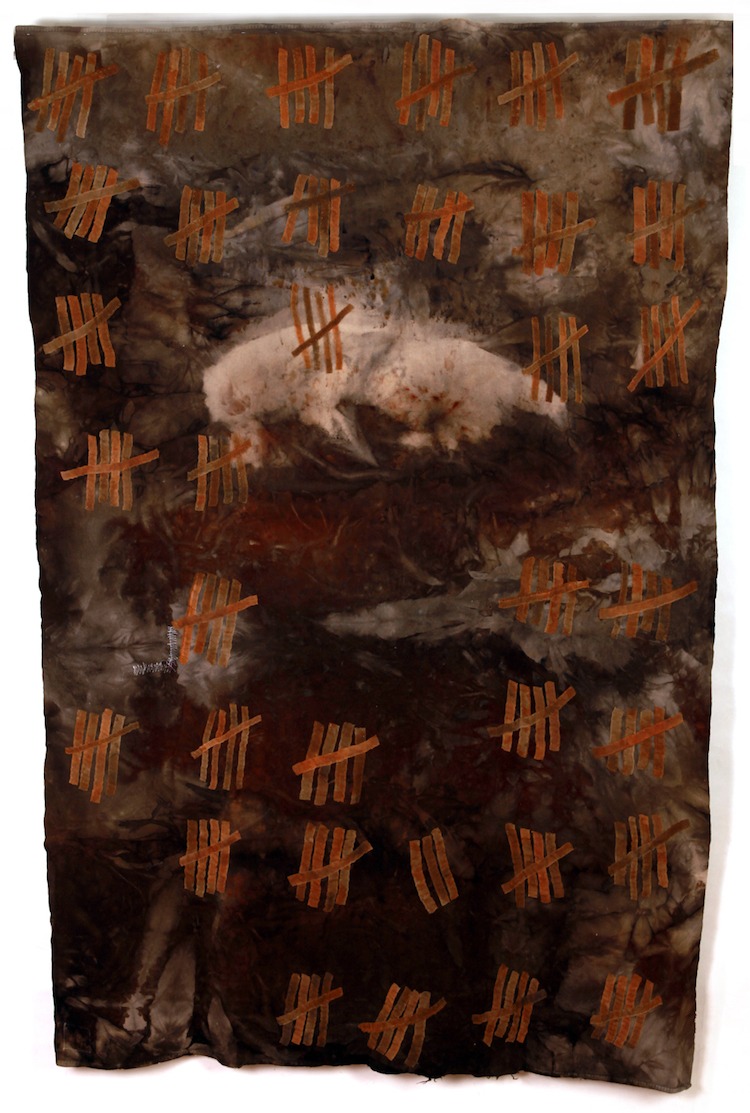
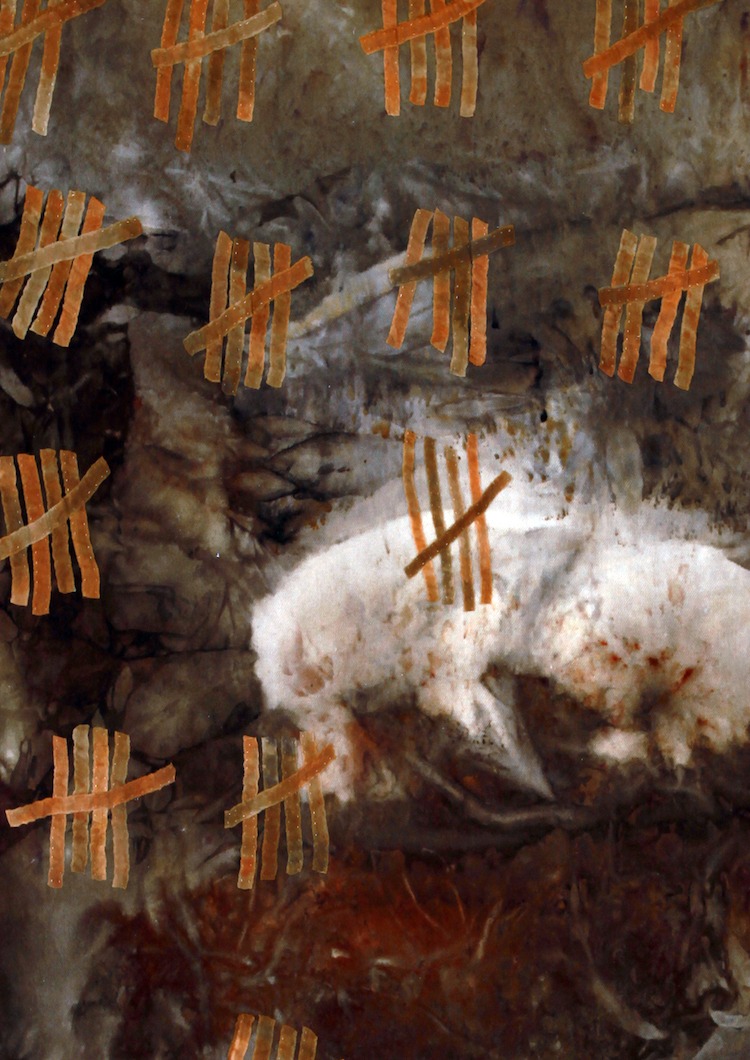
This theme of standing witness continues in her new works Waiting in which Glenys Mann re-purposes collections of hand knitted baby clothing and old blankets, embodying treasured lifelong memories of a knitter father.
These mixed-media works explore the memories of Foundlings – the children placed in care in the 1700’s – through materials associated with warmth, comfort and security. Something perhaps lacking for those abandoned babies and children.
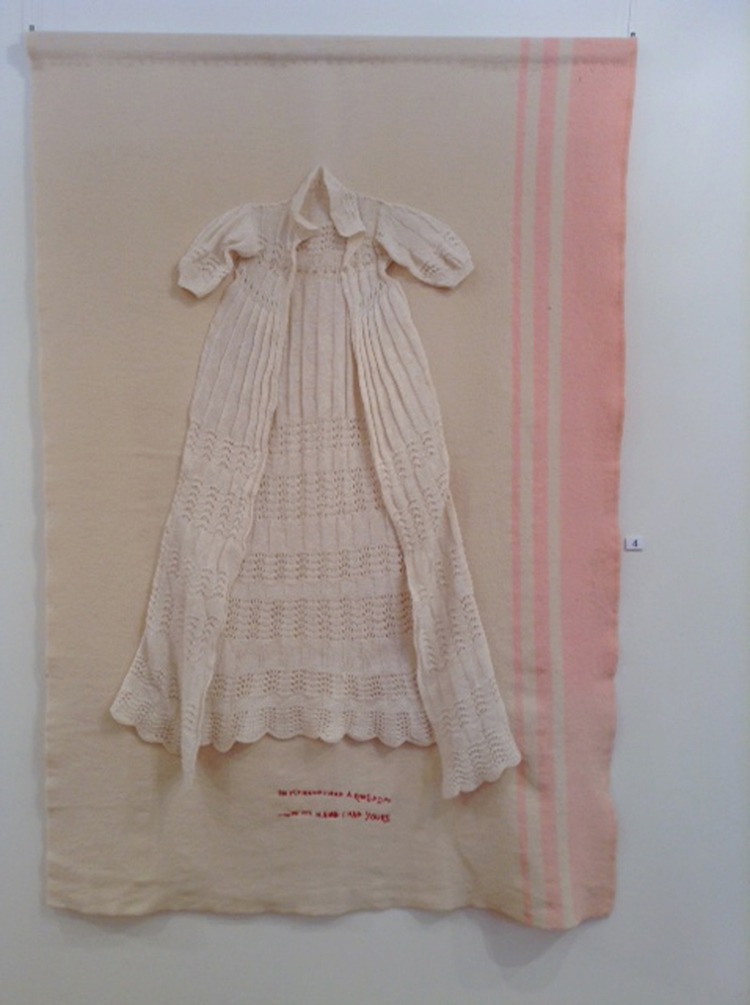
Humanity and fragility
British artist Rosalind Davis makes a human and emotional connection between environment and landscape through stitch. The humanity and fragility of these depicted spaces conjoin what can be seen as a masculine domain (painting and architecture) with those of the feminine (embroidery and interior domestic space) and their coexistence.
The painter (and her former tutor) Graham Crowley said about her work,
Rosalind creates a tension between embellishment and depiction, sensuality and awkwardness, shifting the decorative aspects and the tradition of embroidery. The nature of embroidery dictates that the surface of her paintings becomes heightened by the physicality of the stitching.
The works explore issues such as the current economic crisis, exports, and manufacturing and trade in the UK, emphasized through the symbolic use of fabric and embroidery.
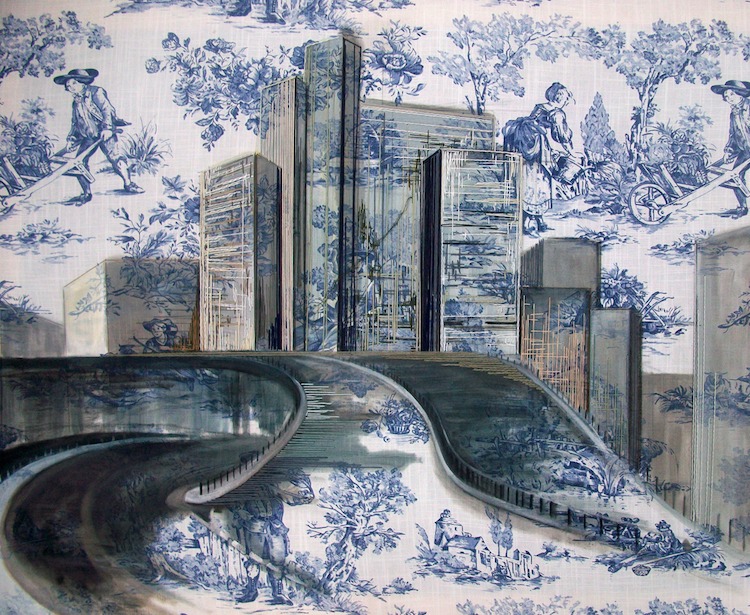
In late Autumn 2015, I exhibited Common Place, Common Land at Pavilion MONAD, Parc Theodore Monad under the kind invitation of the City of Le Mans.
The building and park were once the barracks of the 117th Infantry. Environment plays a different part in this context. The raw wall which I referred to as more beautiful than my work provided and interesting backdrop for the fragility of the pieces. It also raises questions of how these uncommon spaces, decaying or underused building and shops could be used as exhibition spaces. You can read more about this here.
When working outside or in different spaces on community projects with a textiles theme I find the basic guideline useful:
- Get to know the space you are working in. What facilities are there on hand you can use? Do the necessary pre-planning with your group and risk assessments as required.
- Always prepare for weather changes and wear layered and protective clothing. Bring plenty to drink and food and something to sit on.
- Allow time to engage with the location. Walking collecting materials, tidying up. Get to know the space.
- Look at the materials and resources to hand: available plant materials will be dictated by the changing seasons and elements.? Consider the effect of introducing an alien material such yarn, plastic or wire, making sure there is no damage or distress to the surrounding area or that you may cause an obstruction or danger in the creation of the work?
- Tools and equipment: you can manage with very little in the way of tools, at most, secateurs, scissors, mallet, trowel and string. Are the materials and tools appropriate or safe to use.
I am developing new works for exhibitions planned for 2017- 2018 in the Netherlands, Prague and Germany. Closer to home, I have a small exhibition at The Tyland Barn Galley, Kent Wildlife Trust in October near Maidstone.
I also continue to support of Plantlife and the ongoing installation project Tea Flora Tales which is growing with contributions from all over the world. It will be featured in some of my exhibitions.
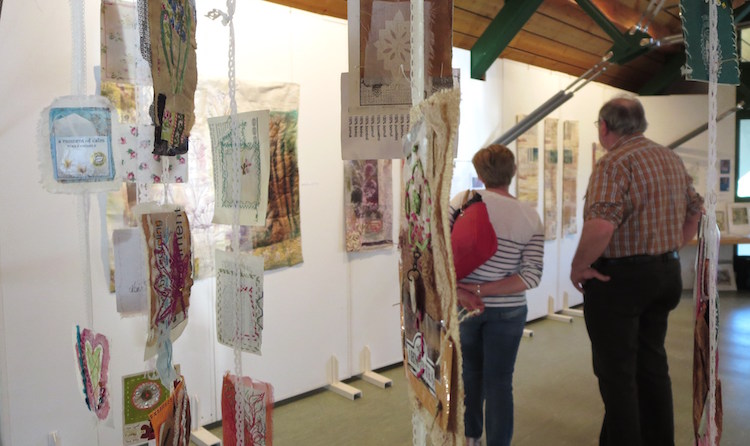
Suggested links to other artists in the same vein on TextileArtist.org:
Useful environmental and wildlife links:
www.gov.uk/government/organisations/natural-england
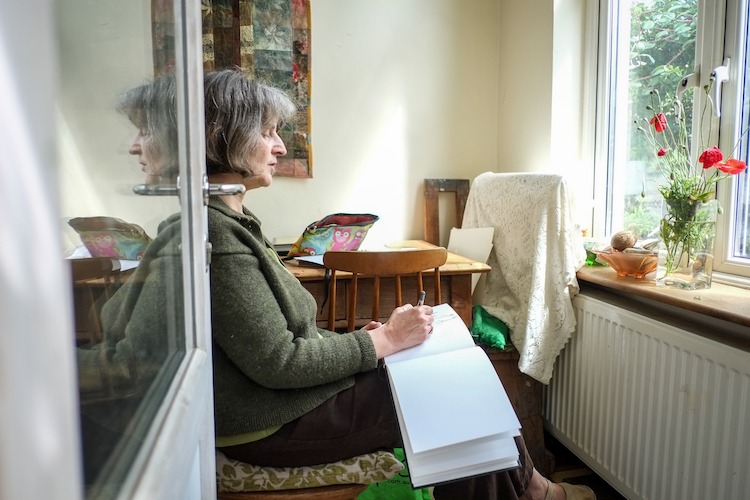
Cas Holmes processes and techniques are referred to in her books [easyazon_link identifier=”1849942749″ locale=”UK” tag=”wwwtextileart-21″]Stitch Stories (2015), and [easyazon_link identifier=”1906388466″ locale=”UK” tag=”wwwtextileart-21″]The Found Object in Textile Arts (2010). She is also co-author of [easyazon_link identifier=”1849940436″ locale=”UK” tag=”wwwtextileart-21″]Connected Cloth (2013).
Artists have been invited to take part in Stuff for Thought a shared project of textile artist Heidi Drahota and the Human Rights Office of the City of Nuremberg September 9th – September 24th 2016.
Continuing this theme of working in cloth, I am delighted to have had a piece Madder accepted for an exhibition in the City famous for its cloth industry, Norwich, my family home.
Madder marks the importance of the dye in Norwich Red and at the same time, taken as adjective, Madder comments on the hard work and often poorly paid employment in the textile industry using fragments gathered in India and Pakistan. Norwich Shawls: Past Glory, Present Inspiration, 1st to 15th October 2016.
A chance to see rarely-seen Norwich Shawls held in private collections alongside contemporary responses in the fine Hostry at Norwich Cathedral. This event is organised by the Costume and Textile Association of the Norfolk Museums Service.
For more information visit: www.casholmestextiles.co.uk and www.casholmes.blogspot.co.uk
If you’ve enjoyed this article why not share it with your friends on Facebook using the button below?
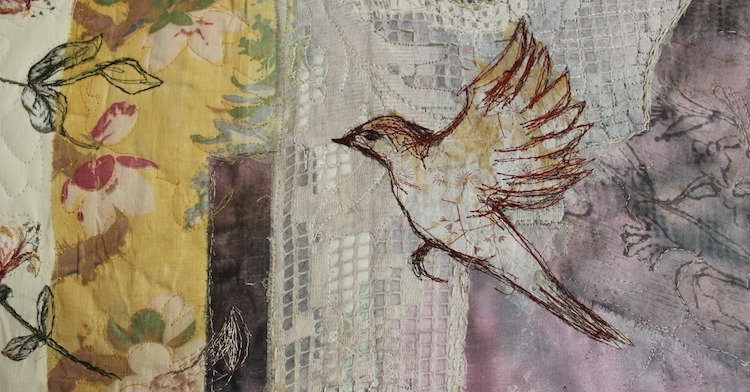
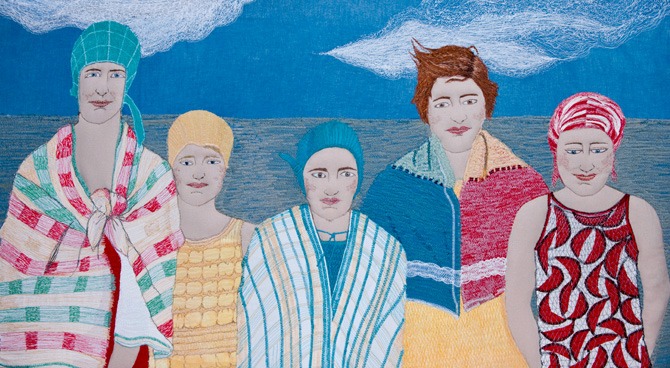
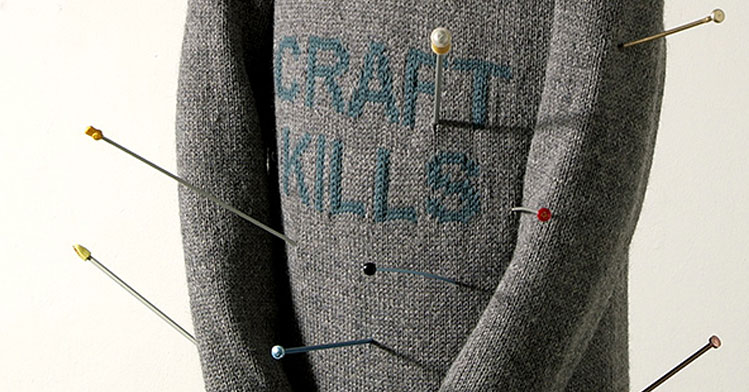
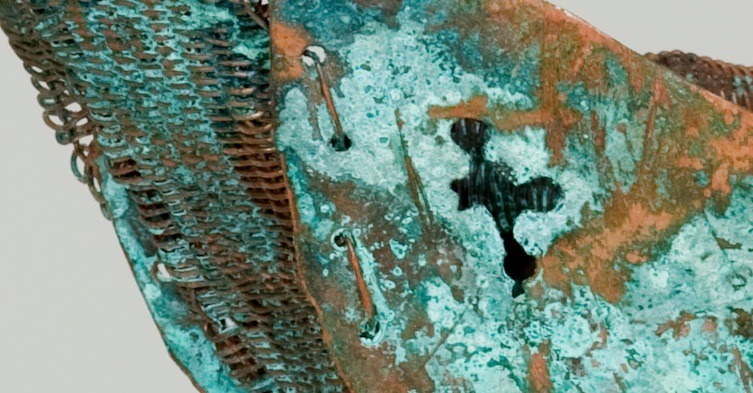
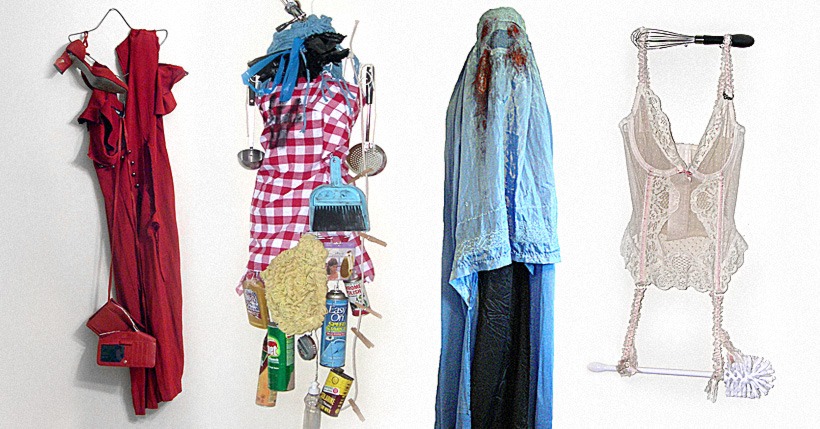
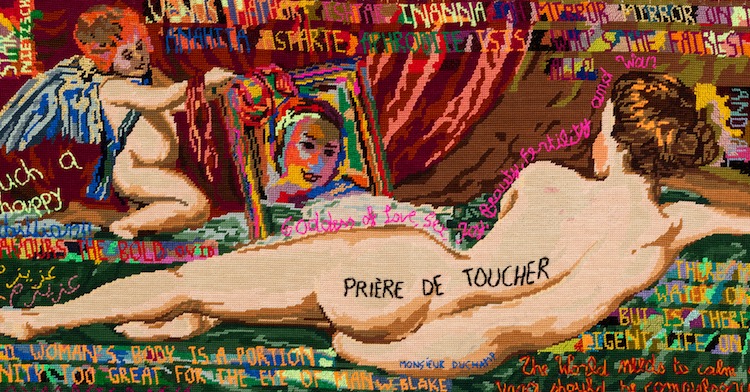
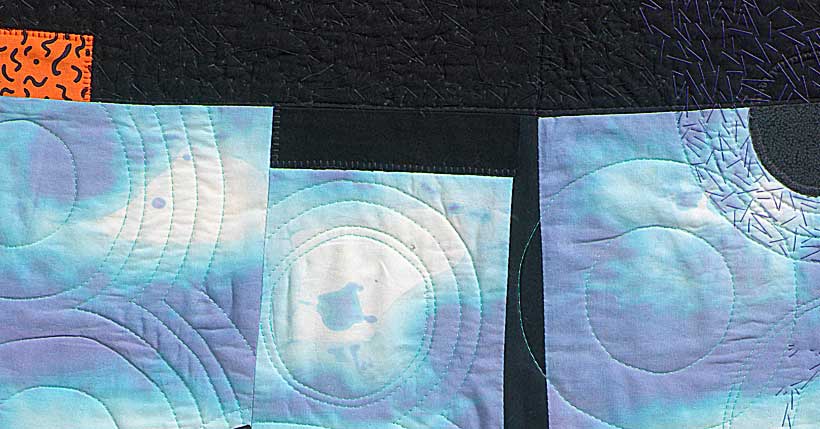
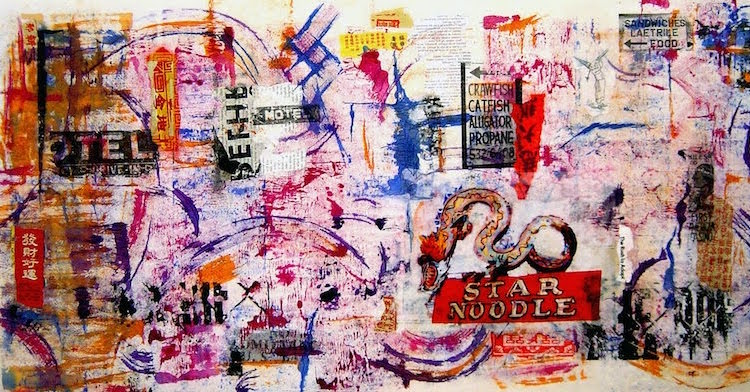
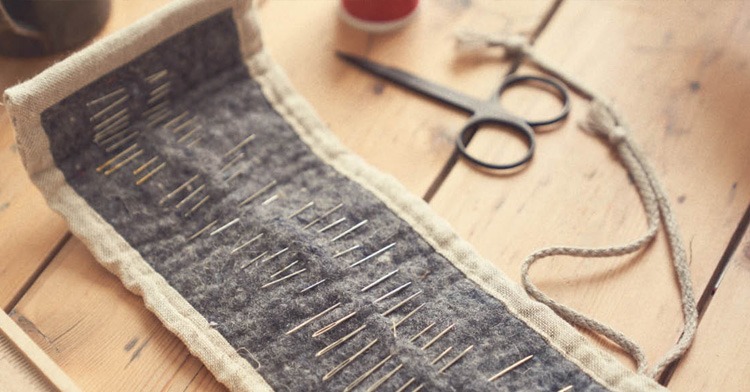
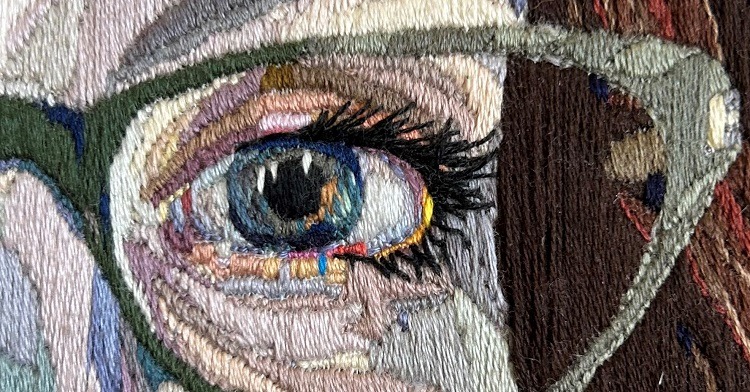
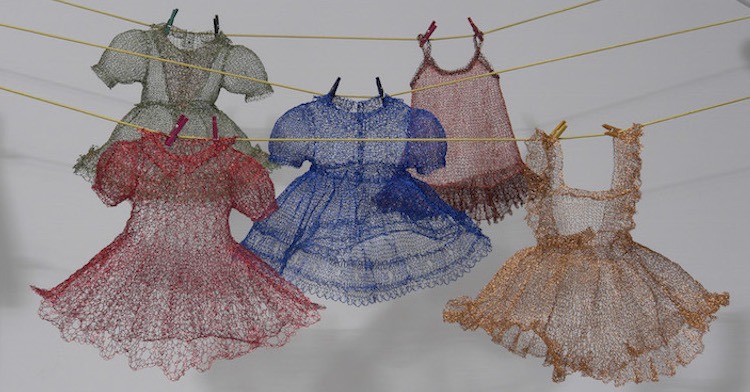
Comments